Cat Care
Cat Care is your go-to resource for keeping your cat healthy, comfortable, and content. From grooming and nutrition to health, training, and travel, you’ll find practical tips to help with everyday care. Whether you’re raising a kitten or supporting a senior, this section covers the essentials to help your cat thrive.
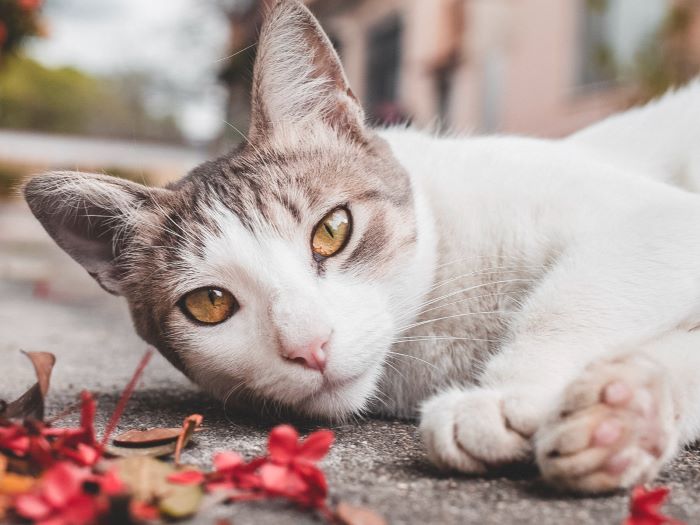
Common Concerns about Neutering
One common misconception about spaying a cat is the belief that a female needs to go through at least one ...
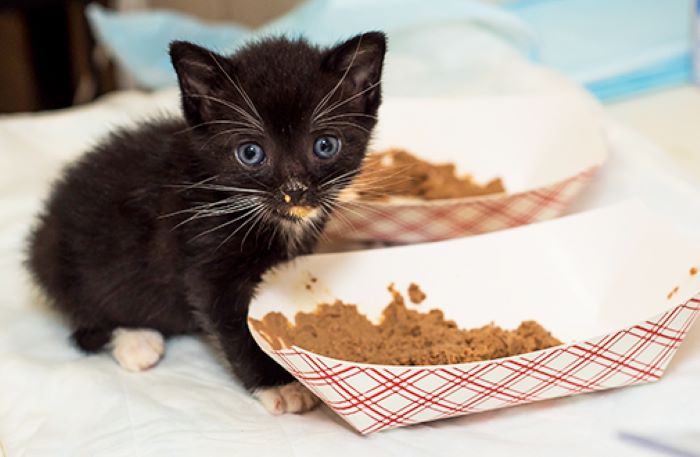
Nutrition for Kittens
For most cats, childhood lasts for about 1 year. During this time, kittens requires higher levels of minerals such as ...

Cat Proofing Your Home
If you choose to allow your new pet to have the run of the house, be sure to take proper ...
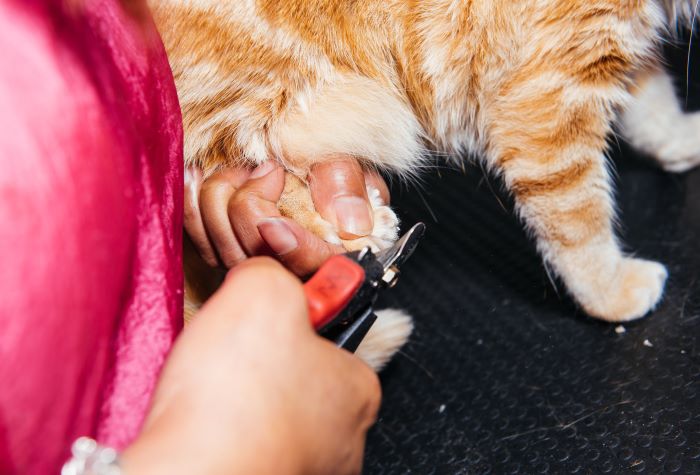
Declawing Cats
The decision as to whether to have a cat declawed is certainly a controversial one, yet it is one that ...
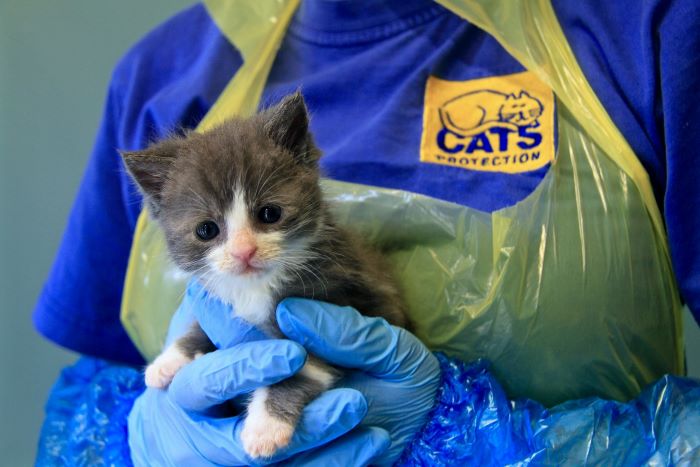
Cat’s Protection at Birth
When kittens are born, their immune systems are not fully developed and they are at risk of infections. They do, ...
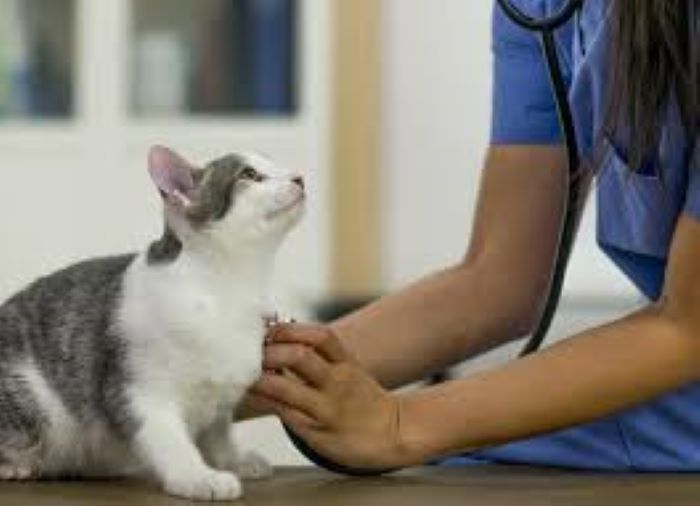
Diabetes Insipidus in Cats
This type of diabetes should not be confused with diabetes mellitus, which involves abnormal glucose metabolism. Diabetes insipidus involves abnormal ...
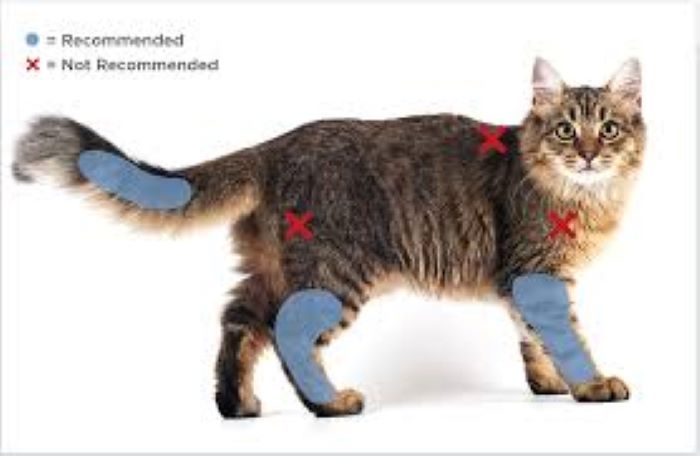
Parvovirus (Panleukopenia; Feline Distemper)
The feline parvovirus is found worldwide, affecting cats in much the same way as parvovirus affects their canine counterparts. The ...
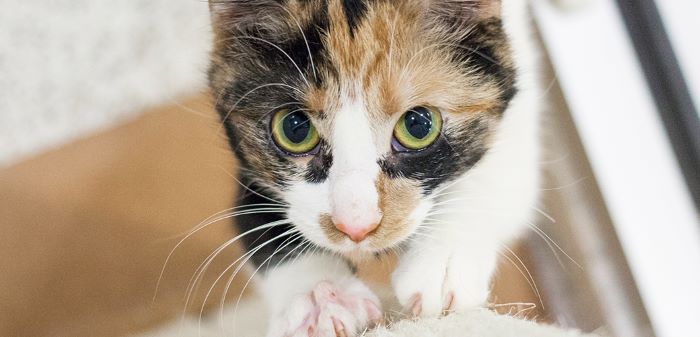
Destructive Scratching
Scratching comes naturally to cats, which use this behavior to keep their retractable claws manicured and to mark their territories. ...

Nasal Foreign Bodies
Occasionally, foreign bodies can gain entrance into the nasal passageways of cats via the mouth, causing extreme irritation and rhinitis ...
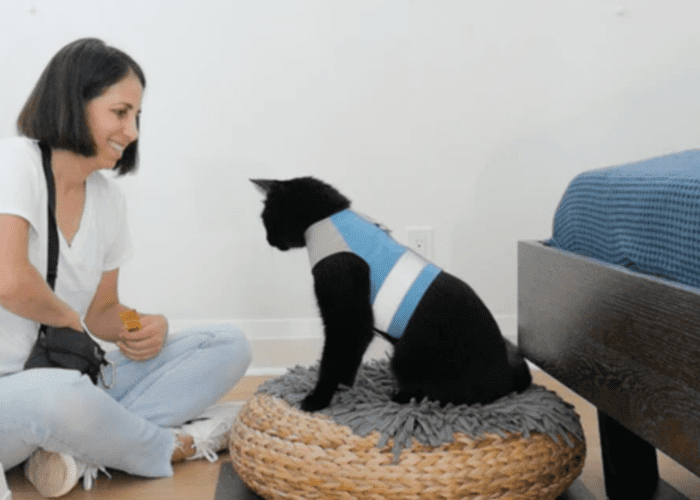
Basic Training for Cats
Contrary to popular belief, some cats can be just as trainable as dogs. Keep in mind, though, that the independent ...
